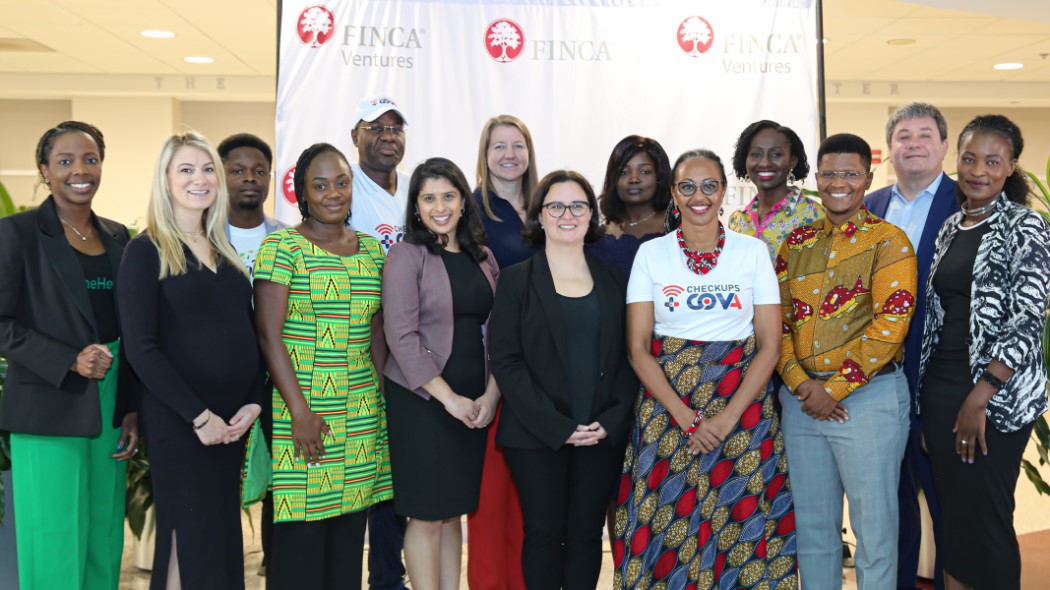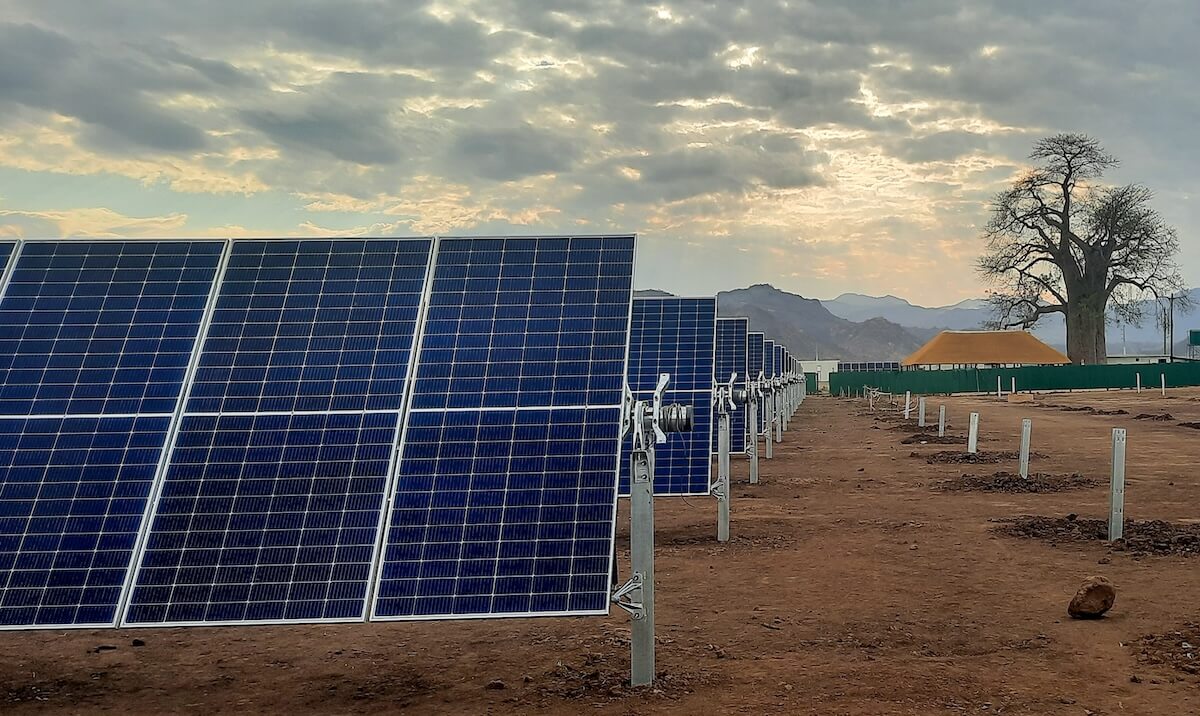ImpactAlpha, June 20 – I helped kick off the “new” ImpactAlpha back in April with a column that promised we would cover impact investing like the serious “beat” that it has become. And every day, we’ve tried to bring you the deals, the signals and the voices that are building a new approach to business and investing.
That column also kicked off my weekly drill, to try to lift ImpactAlpha’s beat reporting into a cogent narrative. After a dozen columns, I wanted to round up the story so far (and get another column in the bag).
The biggest response was to “Beyond Neoliberalism,” which tried to grapple with the need for both investible deals and systemic change. How can markets be harnessed (and transformed) for “the great civilizational rebuilding” that’s required? The inimitable Jed Emerson took up the debate in a thoughtful response.
The Impact Alpha: Pushing impact investing ‘beyond neoliberalism’
A few columns tried to trace how the logic of impact is inexorably spreading through what is generally called “mainstream” investing, but should more accurately be called “legacy” investing (in the same way that tech innovators refer to the “legacy” software they’re seeking to replace).
Not everybody liked the metaphor of “infecting the host,” but Agents of Impact inside investment teams, big banks, corporations and communities do seem to be spreading inexorably, if not exponentially. “The act of driving capital toward explicit, accountable social and environmental value-creation starts companies and investors down a trail of logic that may well scramble alliances and split constituencies.”
The Impact Alpha: Agents of impact start to infect their hosts
One way that happens is when so-called conventional asset managers stand up impact products and strategies. Such “hybrid investors” are in fact the fastest-growing segment of impact investors (according to the recent survey from the Global Impact Investing Network). Inside the hybrids, new impact products and funds will live alongside conventional investments, which the GIIN defines as those without explicit impact intent. Over time, that will make clear not only comparative client demand, but financial performance—and impact.
The Impact Alpha: ‘Hybrid’ investors seek the alpha in impact
The worry, of course, is that as impact investing spreads through the economy, impact itself will be diluted. In a column on the arrival of big private-equity players like TPG, Bain and KKR, I provocatively suggested that “the era of impact-washing is over.” My point was that, insofar as an impact strategy or a screen for ESG (for environmental, social and governance performance) can indeed generate financial returns, marketing won’t deliver the goods. “Managers that can find mispriced risk, undervalued assets and overlooked entrepreneurs will,” I wrote. To get the impact alpha, you have to truly drive impact.
The Impact Alpha: Big new private-equity funds are on the hook to deliver impact outperformance
How? By driving improvements in operations, by improving governance and measurement, by mitigating long-term risks and seizing underappreciated opportunities. “There is tremendous opportunity to gain insight and alpha through finding companies with improving momentum in their ESG profiles,” Cornerstone Capital’s Erika Karp told me. Just as educators and employers are beginning to look at “distance traveled” as well as absolute achievement, so investors are valuing the improvement, not just the outputs.
The Impact Delta: Change is good for investors focused on environmental and social performance
Proponents of impact investing shouldn’t fear the new guidance from the Trump administration’s Department of Labor that some thought threw cold water on the consideration of ESG by pension fund fiduciaries. If you believe such factors are indeed “material,” then those funds would arguably be breaching their fiduciary duty by not considering them (as the Europeans now hold). We did a followup podcast exploring the issue as well.
The Impact Alpha: Prudence, materiality and impact in the Trump era
I’ve been struck by a common theme in our coverage: Things that were impossible even a few years ago are now possible, and profitable. Big data and new algorithms are making it possible to lend to millions of small businesses and individuals in the US and around the world who have had trouble getting access to the kind of appropriate, affordable capital they need – to build a school, buy a rickshaw or motorcycle, light their homes, or start or grow a business. We’re familiar with the impact of the falling cost of technology, from mobile phones to solar panels. The falling cost of capital may have even greater impact.
The impact opportunity in the mispriced risk of lending to the underserved
We’ve found that investors sometimes have a problem finding the right tool for the job. Early-stage climate innovations that may not pay off for decades? Not a good fit for venture capital. Working capital for smallholder farmers that feed the vast majority of the populations in many countries? Too risky for most banks. It’s time for a much broader range of investors to step up and build — and fund — the right financial tools for the big jobs ahead.
The Impact Alpha: Finding the right tools for the job — of bridging capital gaps
Yes, I’m susceptible to a kind of magical thinking that may overlook some of the innumerable obstacles in the way of the inclusive, regenerative future. But I’ve been struck how often overlooked is the fact that, to take just one example, renewable energy deployment has blown through even the most optimistic forecasts of several years ago, as falling prices make solar and wind competitive with fossil fuels almost anywhere in the world. In the current climate, so to speak, it’s too easy to miss the long-term trend. “I know blue-sky thinking can be dangerous. Right now, unwarranted pessimism is the bigger risk.”
The Impact Alpha: The climate-finance tipping point is here, and other blue-sky thinking
But such optimism shouldn’t obscure the failures. I called out the backers of the $1 billion Abraaj Growth Markets Health Fund, now embroiled in the liquidation of the Abraaj Group, to explain what happens next. Not to their $1 billion investment, but to the $140 billion in additional investment in health infrastructure every year through 2030 to meet Sustainable Development Goal No. 3.
How to keep Abraaj Group’s meltdown from dragging down ‘SDG investing’ as well
And the beat goes on.











